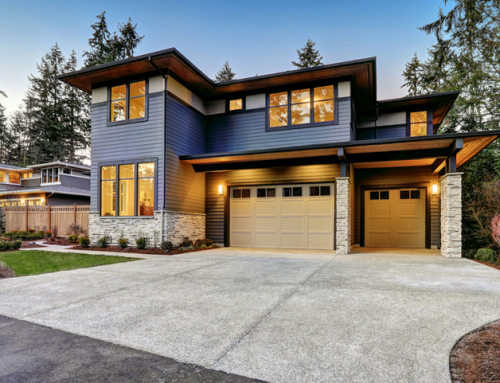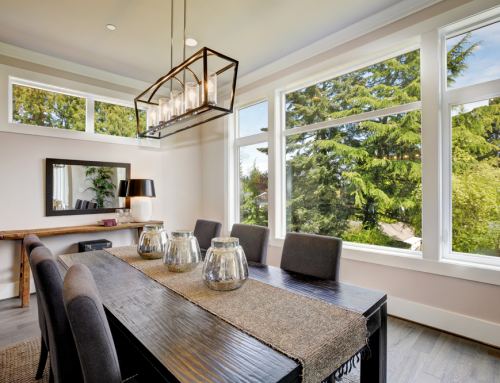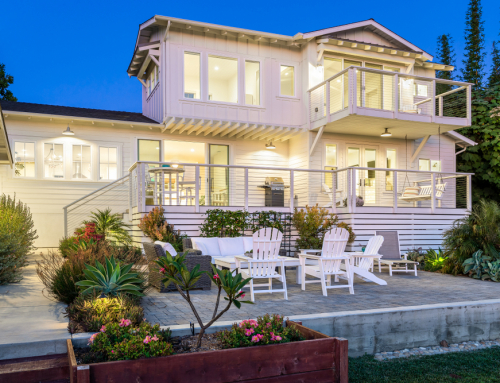A hugely popular choice that many homeowners are going for is to open up part of the house with a large patio door, be it bi-fold or sliding. This is usually used at the rear of the home to connect the house with the backyard. Any room that employs one of these systems will benefit from a better connection between indoors and outdoors, so which one should you choose? In this blog, we’ll talk about sliding doors vs. bi-fold doors!
U-Factor
There isn’t a great deal of difference in the energy performance between bi-folds and sliders, provided that the frames are made from the same material types. A good quality bi-fold or slider should be able to achieve a U-factor of 1.2 to 1.4. A U-factor is the measurement of heat loss through the component parts of the door as a whole. It’s important not to get the overall U-factor mixed up with the center pane U-factor of the glass. You should always check this with your window installation company or the window manufacturer.
Thickness
The thickness of the frame or the sightline will affect your views. Sliding doors can achieve larger panes of glass with a minimal framework. However, with a sliding door, they will always be part of the door that won’t be open. Bi-folders will have more panels and potentially thicker frames, but once open, leave a completely unobstructed view for much larger openings.
Bi-fold Doors
Bi-folds can often work out as being more cost-effective, as generally, each pane of glass will be smaller. A good quality bi-fold system should be able to cope with panel widths of up to 4 feet. Opening out the whole of the door in the warmer months really connects the inside and outside spaces forming one cohesive space for dining and entertaining.
Sliding Doors
Sliding doors have the benefit of achieving much larger pane sizes than a bi-fold door and really come into their own on larger apertures. Depending on the requirements of your space, really consider a sliding patio door over the bi-fold. With regards to frame thicknesses, once you get 16 feet plus on the aperture, you would pay more for a door with slimmer frames. There is a higher level of engineering involved to produce a slim frame, which keeps its strengths and conforms to all of the standards required to meet building regulations.
With any option, it’s imperative to look at the security aspect. Check if the sliding patio door or a bi-fold door you are looking at is AAMA certified. Has it passed California Forced Entry resistance tests? Ask your window installation company to go over the locking mechanisms and check if any additional security options are available, like, for instance, laminated glass.
If you still doubt between a bi-fold doors vs. sliding doors or are ready to move forward with your project, contact Clear Concepts Window & Door, your local San Diego patio door installation company.






